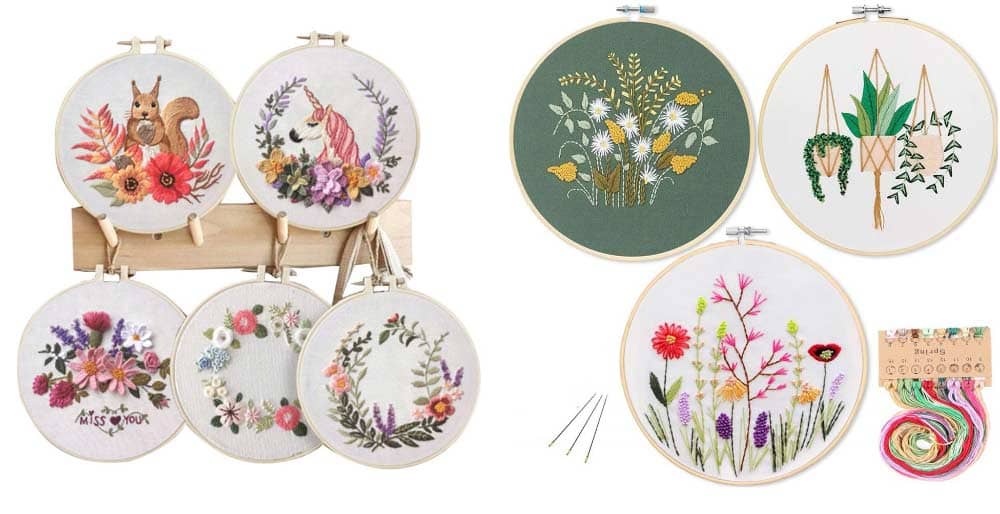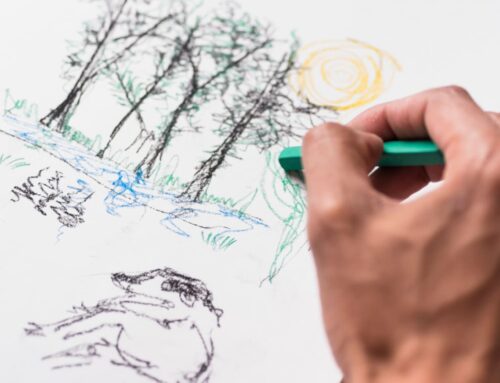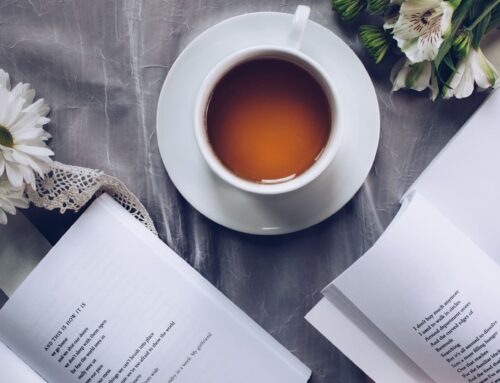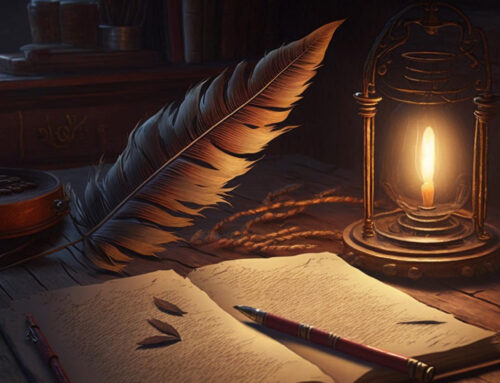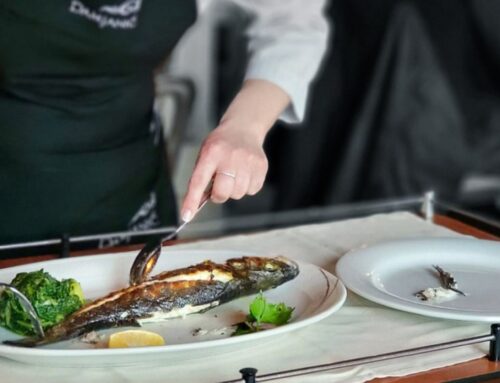Embroidery is art of Handmade and this art of decorating by stitching on fabric or similar materials using a sewing needle and thread. So Stitches can be combined to create endless embroidered drawings, including animals, plants, people, and abstract formations.
They are used in embroidering different fabrics, threads and needles of different types and sizes. Basic stitches are limited in number in the art of embroidery.
Embroidery as a hobby is refreshing to pursue. By using a needle and thread you can craft beautiful and creative designs. Beads, quills, sequins, pearls, and metal strips are also used in embroidery.
Many people appeal the images of their mother and grandmother sitting for hours at a stretch embroidering clothing and tapestries delicately. So it is a skill that is passed down from mother to daughter and is a cherished hobby in many families.
History of Embroidery:
The origin of embroidery can be dated back to Cro-Magnon days or 30,000 BC. During a recent archaeological find, fossilized remains of heavily hand-stitched and decorated clothing, boots and a hat were found.
In Siberia, around 5000 and 6000 B.C. elaborately drilled shells stitched with decorative designs onto animal hides were discovered. Chinese thread embroidery dates back to 3500 B.C. where pictures depict embroidery of clothing with silk thread, precious stones and pearls.
Elaborately embroidered clothing, religious objects, and household items have been a mark of wealth and status in many cultures including ancient Persia, India, China, Japan, Byzantium, and medieval Baroque Europe.
What types of embroidery needles?
Needlework gives you an prudence into various cultures. Designs of various communities around the world depict ethnic patterns based on tradition. It helps you explore these beautiful designs from many regions around the world.
Needles always have numbers designated to them. And a low number indicates a large needle (longer and thicker), Bigger the number finer (and most often smaller) the needle.
1- Sharps:
These are common all-purpose needles used for hand sewing. So they have a Round eye with a medium length. So you will be using these needles in your dressmaking, to make bullion knots or French knots in counted work, smocking.
2- Crewel needles or Embroidery:
Embroidery or crewel needles have a long eye which makes threading the needle so much easier when using multiple strands of thread. And the most popular sizes used in embroidery are size 7 and 9.
3- Tapestry needles:
It is especially used for needlepoint, counted cross-stitch and counted thread embroidery. This is the best needle to use for counted cross stitch on aida fabric.
Tapestry needles have different sizes. Smaller the number the larger the needle size. A number 24 needle is generally used for this embroidery
A simple guideline is to use a Size 24 tapestry needle for 11-14 count fabrics; Size 24 or 26 tapestry needle for 18 count fabrics; Size 26 or 28 tapestry needle for 22 count and higher count fabrics.
4- Beading needles:
Beading needles are thin, and flexible needles. They come in a large range of sizes to fit even small beads. These needles are used for loom beadwork and also off-loom beading, Beading needles are thin, and flexible needles.
5- Chenille needles:
This needle have large eyes and very sharp points. The eyes are large enough to accommodate ribbon and other thick yarn. Sizes 13-24 are generally used
Size 20-22 needles are used for 4-9 mm silk ribbons. And you have to ensure that the ribbon is not being crushed when passing through the eye of the needle.
6- Darning needles:
These types of needles are suited for darning and doll making.
These needles have very large eye and are suitable for threading bulky yarn and wide ribbons. So the tip of the needle is slightly curved, making it easier to pick up stitches. These long sturdy needles have very sharp points.
7- Quilting needles:
These needles have long shanks and can easily penetrate through your quilt layers. So they are quite short with small, round eyes. and they make even small stitches needed for quilting and hemming.

